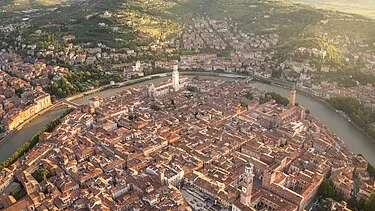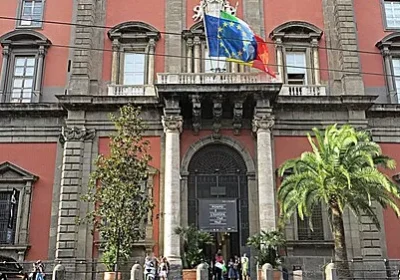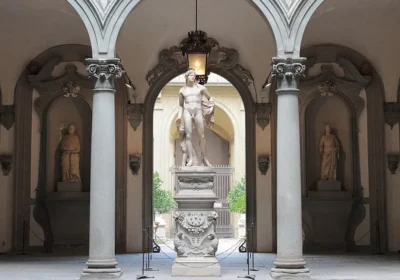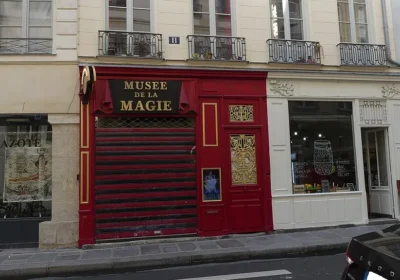Verona city tour:
Nestled on the banks of the River Adige, the city of Verona has always been an attractive destination for travellers. The Romans constantly tried to occupy it and succeeded in 89 B.C. To this day, there are places in Verona where the traces of a powerful nation living in the city are particularly clear. At first the Romano family dominated the city, then the della Scala family took over, whose representatives made a huge contribution to the development of the city. From 1387 Verona was under the influence of the Visconti, later the Carrara. Then Verona joined the small empire of Venice. The power passed from one ruler to another, Napoleon and Austria were here, until the city became one of the centres of the Kingdom of Italy in the mid-1800s.
The main architectural pride of the ancient city is the amphitheatre Arena di Verona, the local long-lived: the Romans built it more than 2000 years ago. It once hosted gladiatorial fights, and today it’s home to theatre performances;
A romantic tour of Verona is impossible without a visit to Juliet’s house. The beautiful 13th century mansion really belonged to the Capello clan, the prototype of the Capulet family. You can leave a note in the wall of the house with a wish or touch the bust of the bronze Juliet for good luck. And then go to the place where the girl found eternal rest: Shakespeare fans believe that her tomb is in the church on Via del Pontiere;
Verona’s most ornate square is Piazza delle Erbe: It is home to the Gothic Merchants’ House, the Baroque Maffei Palace, the Gardello Clock Tower and the Mazzanti House, painted with frescoes on mythological themes;
The Lamberti Tower offers a marvellous view, and the covered pavilion “Berlin” once hosted coronations;
The heart of Piazza Erbe is the Fountain of the Verona Madonna, built in 1368.;
Another magnificent structure is the Basilica of San Zeno Maggiore. It has a magnificent facade of golden tufa and pink marble on the outside and a crypt with the body of St Zeno in a transparent sarcophagus inside;
A great place for a stroll is the Giusti Garden, laid out in the 16th century:
The Scaliger Arches are three gridded tombs of the medieval rulers of Verona of the della Scala family (more often called the Scaligers);
Romeo’s House – belonged to the Nogarola family, then it was confiscated by the ruler Cangrande I della Scala, and after the fall of this ruling dynasty, returned to its former owners;
Roman Gate Borsari – Monument of ancient Roman architecture. It was built in the 1st century.
Gavi Triumphal Arch – built in the second half of the first century by the architect Lucius Vitruvius Cerdon, presumably a pupil and freedman of Vitruvius, in honour of the Gavia family, the most noble of the Verona families;
Castelvecchio Castle – The castle was built as a fortification on the banks of the Adige River during the Scaliger reign, construction lasted from 1354 to 1376.

















